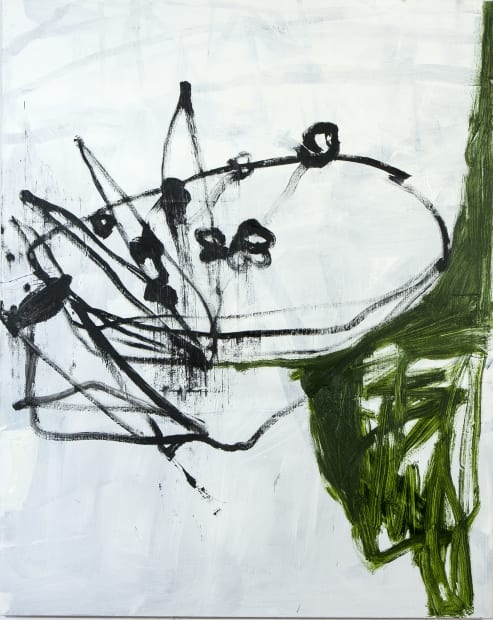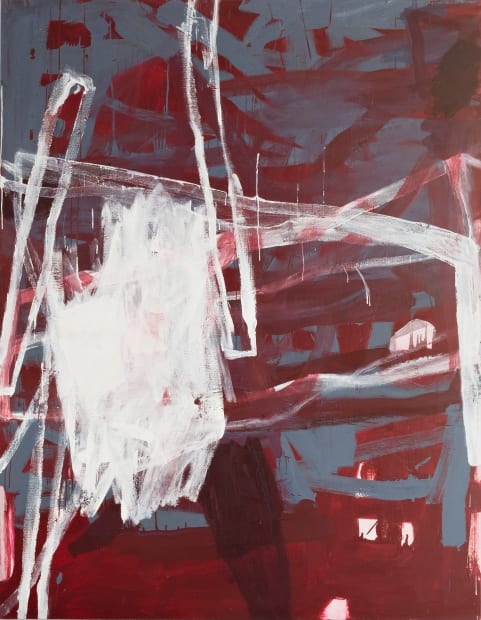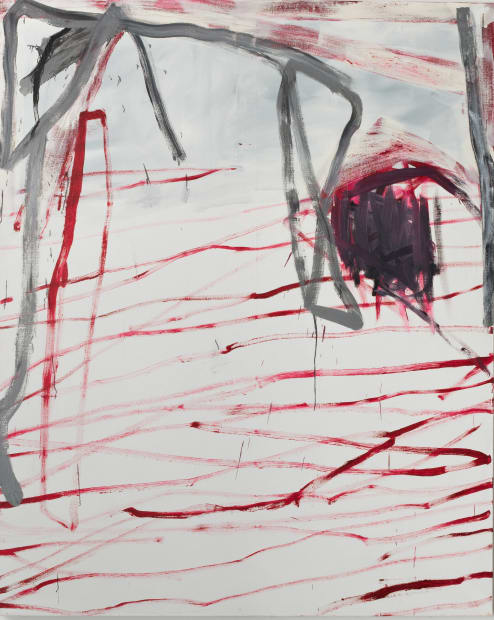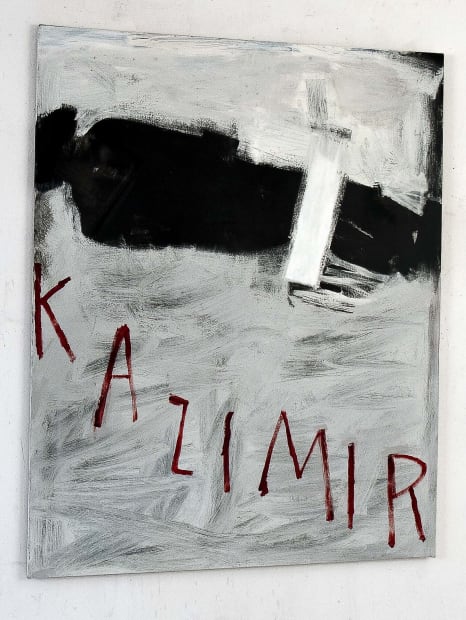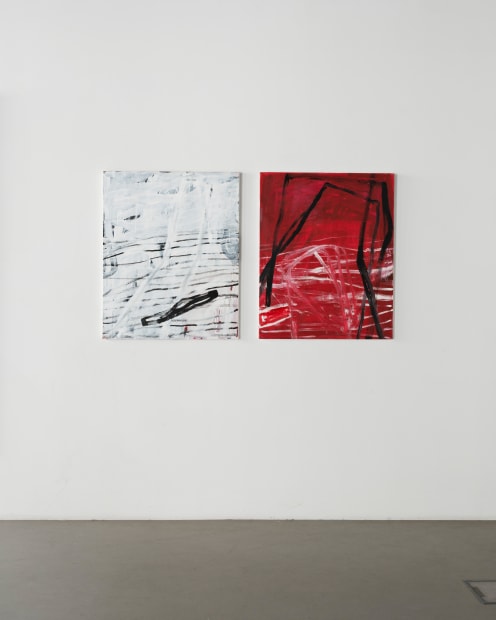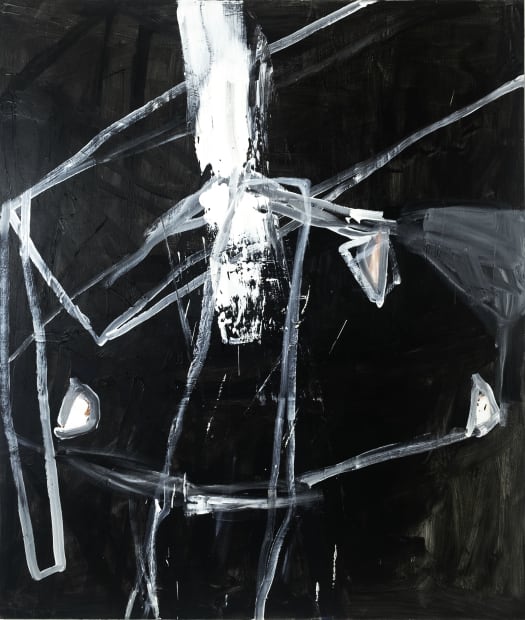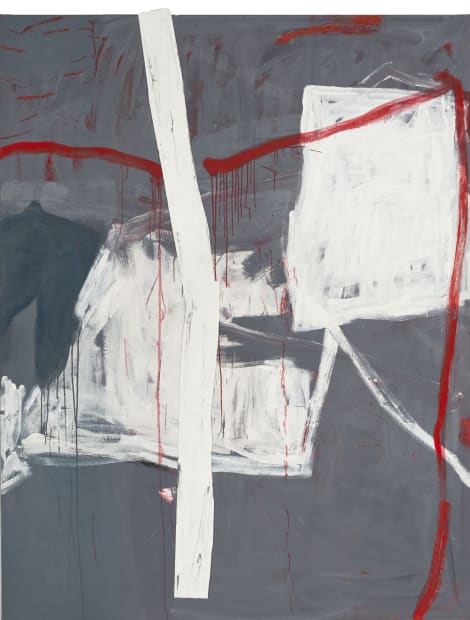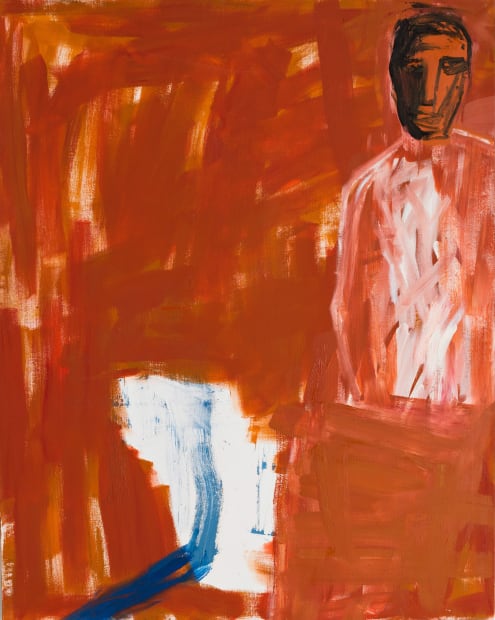Marek Szczesny: Intranquillité
Marek Szczesny (pronounced Tchesny) was born in 1939 in Radom, Poland. In 1980 he emigrated to France, which in his eyes embodies the country of art and freedom. However, his integration was not easy. He was isolated and had to accept the most difficult jobs on public works sites or as a night watchman in order to survive, all the while working relentlessly on his painting. Over the years, his situation improved and galleries became interested in his work. Numerous personal and group exhibitions mark out his career during the last decades, in France and in Europe. In addition, he was awarded prices by several important foundations in the United States, such as the Pollock-Krasner Foundation in 1999, and the Adolph and Esther Gottlieb Foundation in 2008. This interest in his work in the United States is easy to understand, since it is part of the tradition initiated by the great American expressionist artists, whom Harold Rosenberg described in 1952 as Action painters.

___Untitled, 2010, 170 x 200 cm, Oil on canvas
Szczesny’s painting should not be understood from a purely formal perspective. It expresses above all a moral and ethical force, as well as a tragic grandeur, even in the least figurative of his pieces. Henri Focillon’s formula “the hand makes the mind, the mind makes the hand” could have been invented for Szczesny. There is indeed a hidden world in his work, which does not necessarily emerge from his consciousness, but which expresses itself with each brush stroke. His imperiously drawn lines, overlapping each other, are enough to produce an emotional shock in the viewer, close to stupefaction. The large formats he favors certainly add to this tragic solemnity, as well as, for some years now, the reappearance of the human figure. This one manifests itself in the form of a simple silhouette of which only the outline is traced. This body, naively and poorly drawn, by its very emptiness, becomes the receptacle and projection of our existential anguish. Szczesny’s Man is the innocent victim of all tragedies who addresses us his silent cry. “What interests us,” confirmed Picasso, “is the drama of man. The rest is false.”

___Untitled, 2021, 130 cm, Oil on canvas
When asked about this return to the human figure, he explains that he felt the need to put man back at the heart of his work, but also to renew his artistic experience thanks to a new theme and to avoid losing his sincerity by locking himself into an overly controlled system that could become formal.
In addition to the subject matter, Szczesny’s works derive their strength essentially from purely pictorial means. Contrary to some contemporary painters who think of painting in terms of colored masses, their arrangements, and the relationships between them, with Szczesny it is the drawing that prevails. His color palette is very limited and is reduced to wagon greens, rusty reds, browns, rarely blue, but mostly grays, black and white.
He tackles the canvas without sketches or prior drawings, but often relies on the memory of a previous work. He never knows what will happen, and the drawing is done directly on the canvas, brush in hand. New strokes will intersect with the first ones, then a colored plane will be superimposed, and thus, by successive trial and error and “thanks” to happy accidents, the canvas will take its final shape – one can easily observe in several paintings that they have been turned in several directions, as proven by the horizontal or bottom-up drips. Szczesny also often feels the need to include a piece of sheet metal, a piece of wood or torn paper in the painting. This intrusion of a foreign body gives the work an unexpected dynamic and a new tension.
When the painting “works”, it will be abandoned with its defects and imperfections, without ever being conclusive. As Picasso said, to finish a painting is to kill it, to take away its soul, to give it “the puntilla” in bullfighting language. Thus, when asked about the moment when he should stop the painting, Szczesny laughs and says that he must reach the right temperature.
Foreign to any attempt at seduction and impervious to fashion, Marek Szczesny’s painting asserts itself as a declaration of authority, an exclamation mark. It tells us since time immemorial: “Here I am, take it or leave it! Ecce homo.”
Gilles Altieri


